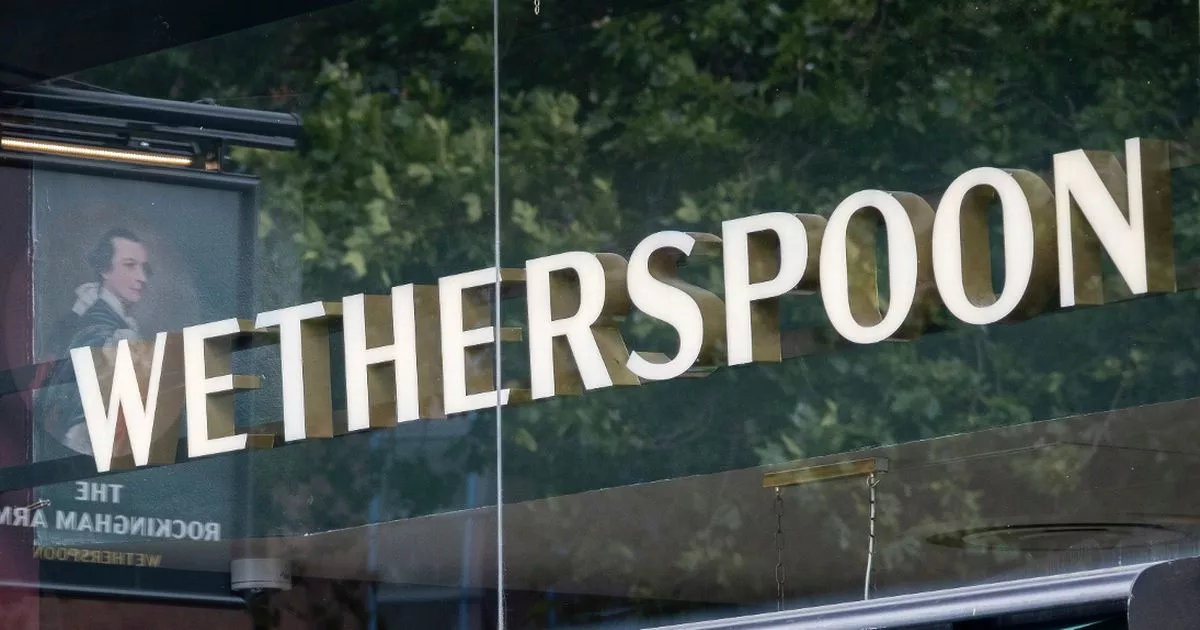No recommendation
No news or research item is a personal recommendation to deal. All investments can fall as well as rise in value so you could get back less than you invest.
Third quarter revenue fell 2.4% to £3.6bn compared to last year, and was up 17.1% on 2019. That reflected year-on-year declines from Royal Mail and GLS. Total parcel volumes are up 15% from 2019.
Royal Mail’s in discussions with its unions and expects to cut 700 management positions. That would deliver £40m in annual cost savings. The changes will result in restructuring charges of around £70m in the current financial year. Including the restructuring charges, the group’s expecting full year underlying operating profit of £430m.
The group said: “Given the absence related operating challenges through December and early January, achieving target productivity performance in our delivery offices has been made more challenging. It is not possible to predict how long the operational impacts of Omicron will persist”.
The shares rose 3.4% in early trading.
View the latest Royal Mail share price and how to deal
Our View
It’s important to look beyond the headline numbers in the recent trading update. Last year was a bumper one, with lockdowns in place for large parts of the retail sector, which makes comparisons more difficult. Parcel volumes have declined from last year’s highs, but crucially appear to be rebasing at a much higher level than pre-pandemic.
It would be easy to put the current windfall down simply to the effect of the pandemic on parcel demand. And that has played a part.
However, the most important progress is not in sales, but in costs and operating efficiency. In the first half at least, Royal Mail was able to increase volumes without substantially increasing costs – doing wonders for margins and boosting profitability. That’s no accident, reflecting significant restructuring work as well as increased investment.
Nowhere is that better illustrated than in the progress the group has made on automation. Back in 2018-19 just 12% of parcels were sorted automatically, today that’s more like 50% despite a huge uplift in parcel volumes, and the group has ambitions of hitting 70% in the not too distant future. Automated parcel sorting is more cost effective, but also improves quality and provides the extra flex needed to deal with peaks and troughs in demand.
Further plans are afoot, with the next step in the transformation program set to reduce management positions by around 700. The group’s clashed heads with unions in the past over staff cuts, so it’d be no small feat if they can reach an agreement on this. Plus, once initial costs are out the way, that’d be another c. £40m saving a year moving forward.
Investment in parcels infrastructure is set to increase capital expenditure, expected to be well over £400m next year in the UK alone. Construction of a new, fully automated parcels hub in the Midlands is underway, capable of sorting over a million parcels a day by 2023.
At the PLC level, Royal Mail also benefits from the strength of its international business GLS. It’s historically the fastest growing part of the business and remained robustly profitable throughout the pandemic. Relatively modest spending requirements going forwards mean it’s a blueprint the group would love to emulate in the UK.
As conditions start to normalise, shareholder returns are rolling again, with a progressive dividend policy going forwards, albeit starting from a lower level than what was paid in 2019. A year of bumper sales, lower dividend payments and reduced capital expenditure means the balance sheet is in remarkably good shape. That’s resulted in a one-off £400m windfall for shareholders.
Long term, we think shrinking the cost base, investing in technology and adding to international acquisitions are the right answers. If Royal Mail can weather rising cost inflation, then with a price to-earnings ratio some way below the long run average, and a prospective dividend yield of 5.4%, the group will be looking more attractive than it has for a long time.
Royal Mail key facts
- Price/Earnings ratio: 7.0
- 10 year average Price/Earnings ratio: 12.3
- Prospective dividend yield (next 12 months): 5.4%
All ratios are sourced from Refinitiv. Please remember yields are variable and not a reliable indicator of future income. Keep in mind key figures shouldn’t be looked at on their own – it’s important to understand the big picture.
Sign up for updates on Royal Mail
Third Quarter Trading Update
Royal Mail reported a 5.8% drop in revenue year-on-year to £2.4bn, although these were still 9.8% above 2019 levels. Total parcel revenue fell 9.4% on lower volumes, impacted by international shipments down 41% from last year. Domestic parcel volumes fell 7% as the prior year saw retail stores closed making for a tough comparable period, volumes remained 33% ahead of 2019 levels.
Total Letter revenue fell 0.4%. Pricing initiatives were able to largely offset a 3% decline in volumes. Revenue and volumes remain below 2019 levels, reflecting the ongoing decline in popularity.
GLS revenues rose 4.5% to £1.1bn, up 35.2% compared to 2019. That was impacted by movements in exchange rates, without which revenue would have risen 10.7% and 37.7% respectively. Performance was driven by higher volumes and increased pricing.
The group reported free cash flow of £254m in the half, up from £188m a year ago despite an increase in capital expenditure. Net debt nearly halved compared to the same period last year, and now sits at £540m.
The group’s warned cost inflation is continuing across its divisions and the impact of Omicron on absence is difficult to predict.
Find out more about Royal Mail shares including how to invest
This article is original Hargreaves Lansdown content, published by Hargreaves Lansdown. Unless otherwise stated estimates, including prospective yields, are a consensus of analyst forecasts provided by Refinitiv. These estimates are not a reliable indicator of future performance. Yields are variable and not guaranteed. Investments rise and fall in value so investors could make a loss.
This article is not advice or a recommendation to buy, sell or hold any investment. No view is given on the present or future value or price of any investment, and investors should form their own view on any proposed investment. This article has not been prepared in accordance with legal requirements designed to promote the independence of investment research and is considered a marketing communication. Non-independent research is not subject to FCA rules prohibiting dealing ahead of research, however HL has put controls in place (including dealing restrictions, physical and information barriers) to manage potential conflicts of interest presented by such dealing. Please see our full non-independent research for more information.
Source link



